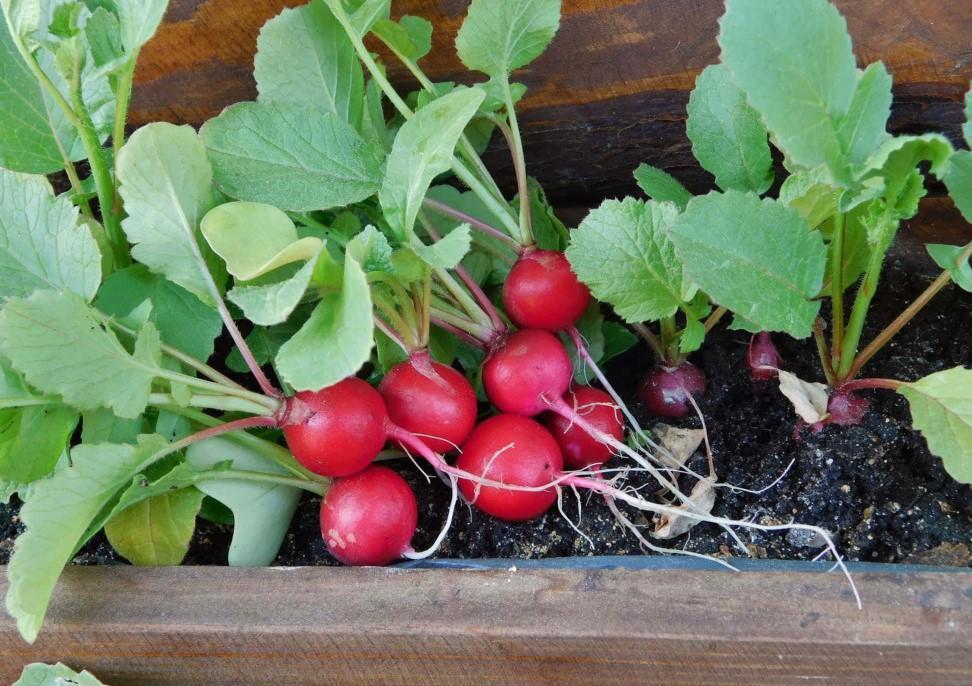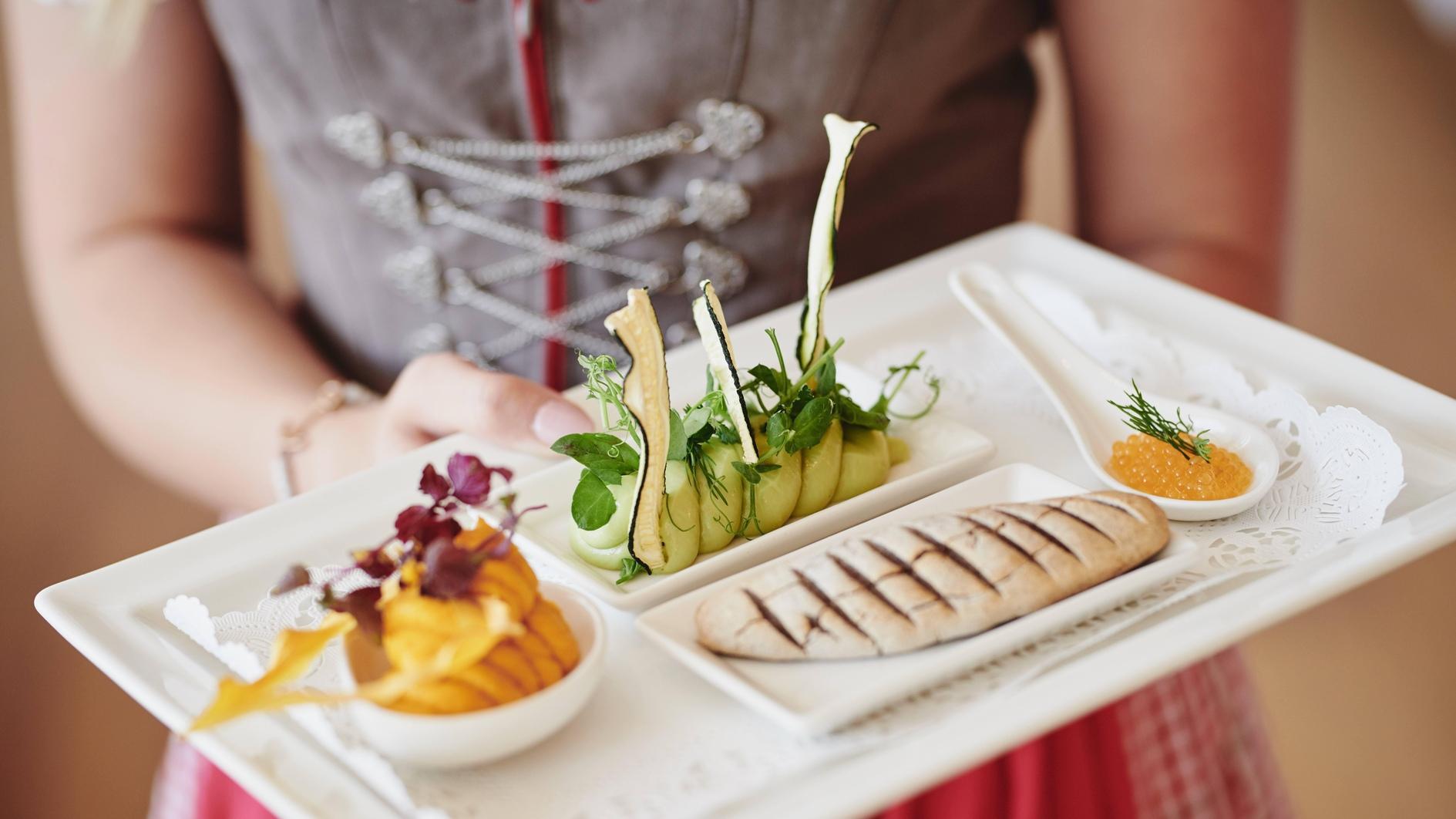Fit as fiddle or healthy as radish?

Let’s step in the new year as “healthy as a radish” or in its Turkish form “turp gibi sağlıklı,” or just “turp gibi,” which is the Turkish version of the expression “as fit as a fiddle,” or “as fresh a daisy.” Nobody seems to know the origins of this saying but it is for sure that “turp” or any form of radishes, are considered to be food for your health, maybe because of their pungent taste.
In the last days of the year, it is inevitable to get carried away with family dinners and office parties, we all tend to overdo drinking and eating, but there is no reason not to return to healthy days right from the first day of the New Year. Diet decisions and weight loss wishes are always at the top of the New Year’s resolutions list, but with tall, the hangover and leftover food, the first day of the year, also turns out to be the first day to postpone following the resolution list, it is still useful to go a little healthy, and consider the radish. Cruciferous vegetables are ideal for being fit, and according to the Turkish expression, radishes are above all on the health ladder.
Radish is ideal for a healthy start to the new year. First of all, it is perfect for removing toxins. That’s why it is believed to be a friend of the liver and kidneys. Moreover, it is so low in calories that the calories you spend eating and digesting may well be more than you take in. In this sense, radish can be classified as having minus calories, so it is perfect for post-New Year’s diets.
Radish is one of the tastes we neglect for some reason. It has been growing in Anatolia since the Hellenistic and Ancient Roman periods. The root of the word “turp” goes back to Central Asia, it is mentioned as the word “turma” in Old Turkish records. In fact, once upon a time, when carrots were yellow and not yet orange in color, they were called “sarig turma” in old Turkic language, literally yellow radish or turnip. We see that the word extends from Asia to Europe. Hungarians have also taken the word “torma” from their Central Asian roots and use it, especially for horseradish, which tastes as sharp as mustard. Anyway, when we talk about radishes, we should not only think of that small ones, with pink-red skin and white flesh; there are many different kinds of radishes, from big black radish, the size of a celeriac, which is like black coal on the outside, to white radish, which is like a giant albino carrot. What they all have in common is the pungent spicy taste that varies in intensity depending on the type. Interestingly, the red radish, which usually appears as an accompaniment to dishes at our tables, is mostly grown in Osmaniye, a province southeast of the country. Türkiye’s radish growing center is Osmaniye’s Kadirli district, where almost 80-90 percent of the radish in Türkiye is grown, and their radish has even received a Geographical Indication Label as Kadirli Radish.
Radish is a flavor that often finds its place on the table only in its raw state. It is mostly used in salads. For some reason, radish leaves are mostly discarded, whereas the tender leaves can also be added to salads or served raw on the table just lime like arugula or cress. The slightly larger leaves are very good when boiled and eaten with a drizzle of olive oil and a good squeeze of lemon. People from the Aegean region know that pungent herbs such as radish and mustard greens are very good when boiled, as the bitterness and the typical pungent aroma is mellowed, and they are a perfect addition to a meze table with just olive oil. Radish is especially popular in Scandinavian cuisine. It is a usual addition to Smørrebrød aka open-faced bread and butter sandwiches. It goes well with cold meats like roast beef and of course with smoked and cured fish. A radish open sandwich made by spreading anchovy butter on black rye bread and arranging thin slices of radish on top like fish scales is a simple yet delectable taste.
Sometimes cucumber comes along as a companion to radish, also added to sandwiches, or they make a perfect team in salads. Radish and cucumber salad with vinegar is a simple yet very refreshing salad. Cucumber and radish balance each other. The coolness of the cucumber and the heat of the radish, combined with a little dill, create a complete flavor balance in a radish-cucumber salad. All you have to do is chop equal amounts of radishes and cucumbers into knife-thin slices without peeling them. Rub them all with salt and my advice is to use vinegar instead of lemon juice, and please no oil in this recipe, remember we are on a diet. If you also add some chopped fresh dill, you will get a wonderful freshness. If this salad is kept in the refrigerator for a while, it will be almost like a pickle. Radish adds a freshness to everything it is added to. Radishes are also eaten cooked, though quite rarely. If you cut the small radishes into halves or quarters and bake them with a little salt and olive oil for about half an hour, you can get an alternative side dish that you can eat hot or at room temperature. Or you can also try cooking them in a skillet with some chili peppers in butter. This way you can get an unexpected flavor, a perfect accompaniment, especially with kebabs.
Finally, let’s finish with a health tip. There is an often-shared suggestion among housewives here, if there is a sick person at home, suffering from cold and endless coughs in the winter months; black radish is hollowed out and filled with plenty of honey, and when the honey inside becomes runny, it is drunk like cough syrup. In fact, the same can be done by thickly grating the radish, putting the grated radish in a jar, and adding enough honey to cover it and let it wait in the refrigerator, and voila! You have homemade cough syrup. May your radish syrup bring healing, and as in the Turkish saying, let’s be as healthy as radishes. Let the radish be a symbol for keeping those New Year’s resolutions and to live healthy throughout the year.












